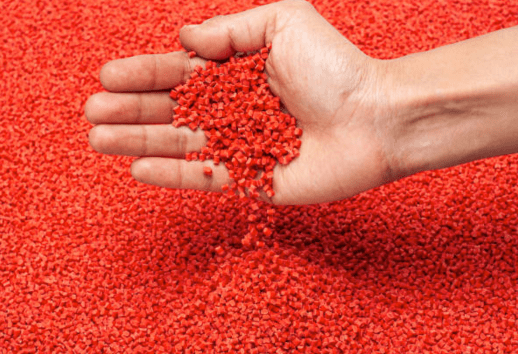
Adhesives are often taken for granted, but they play a crucial role in our daily lives. From bonding materials in construction to assembling electronics, these sticky substances hold our world together. But have you ever wondered about the intricate process behind adhesive making? Join us on a journey through the fascinating world of adhesive production, where science meets craftsmanship.
1. Understanding the Chemistry Behind Adhesives
At the heart of adhesive making lies chemistry. Adhesives are formulated using a variety of compounds such as polymers, resins, and solvents. Each component contributes to the adhesive’s properties, including adhesion strength, flexibility, and curing time. Understanding the chemical reactions that occur during the manufacturing process is essential for creating adhesives that are tailored to specific applications.
2. Formulation and Recipe Development
Developing the perfect adhesive requires meticulous formulation and recipe development. Manufacturers experiment with different combinations of ingredients, adjusting ratios and concentrations to achieve the desired characteristics.
Factors such as substrate materials, environmental conditions, and end-user requirements must all be taken into account during this process. It’s a delicate balance of science and artistry.
For a comprehensive selection of materials that are essential for the adhesive making process, explore polychemistry.com, your one-stop destination for all your adhesive formulation needs.
3. Mixing and Blending
Once the formulation is finalized, the ingredients are carefully measured and mixed together. Depending on the type of adhesive being produced, mixing methods can vary from simple stirring to high-speed blending techniques.
Consistency and uniformity are crucial to ensure that the adhesive performs reliably across various applications. Skilled technicians oversee this step to guarantee quality and consistency in every batch.
4. Heating and Reacting
Many adhesives require heat to activate the curing process. In this stage, the adhesive mixture is heated to a specific temperature to trigger chemical reactions that cross-link the molecules, creating a strong bond.
Precise control of temperature and reaction time is essential to achieve optimal curing without compromising the adhesive’s performance. It’s a delicate balance that requires both technical expertise and attention to detail.
5. Testing and Quality Control
Before the adhesive can be released for commercial use, it undergoes rigorous testing and quality control procedures. Samples are subjected to various tests to assess adhesion strength, viscosity, durability, and other performance metrics. Only adhesives that meet strict quality standards are approved for production to ensure customers receive the highest quality and most reliable products.
6. Packaging and Distribution
Once the adhesive has passed quality control checks, it’s ready for packaging and distribution. Packaging options vary depending on the type of adhesive and its intended use, ranging from tubes and bottles to bulk containers for industrial applications.
Careful labeling and documentation are essential to provide users with clear instructions for proper application and storage. Efficient distribution channels ensure that adhesives reach customers worldwide in a timely manner.
Conclusion: The Art and Science of Adhesive Making
In conclusion, adhesive making is a complex and fascinating process that combines scientific principles with skilled craftsmanship. From formulating the perfect recipe to ensuring quality control and distribution, every step requires precision and attention to detail.
Next time you reach for a tube of glue or a roll of tape, take a moment to appreciate the craftsmanship behind these seemingly simple yet indispensable products. Adhesive making truly exemplifies the perfect blend of art and science.



